Enemies: Garand vs. K98
March 10th, 2020
7 minute read
The infantry battles of the 20th century pitted many classic firearms against each other. During World War II, on the battlefields of Western Europe, Italy and North Africa, the American M1 Garand rifle faced off against the German Mauser “Karabiner 98 kurz” (Kar 98k) in a bloody fight to the finish between two worthy opponents.
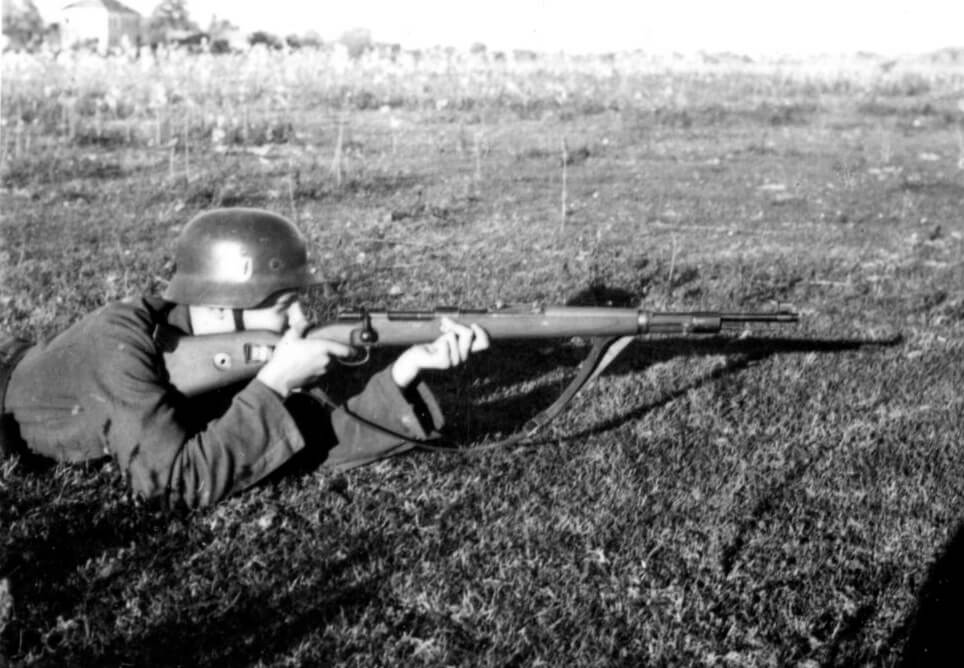
The Mauser Kar 98k is one of the most recognizable battle rifles of all time. Many consider it to be the finest bolt-action rifle ever built. It remains one of the most widely used infantry weapons since it became the standard service rifle of the Wehrmacht in June of 1935. Even today, the Kar 98k can be found in the hands of insurgents, militia or second-line government troops, from Ukraine to Syria.
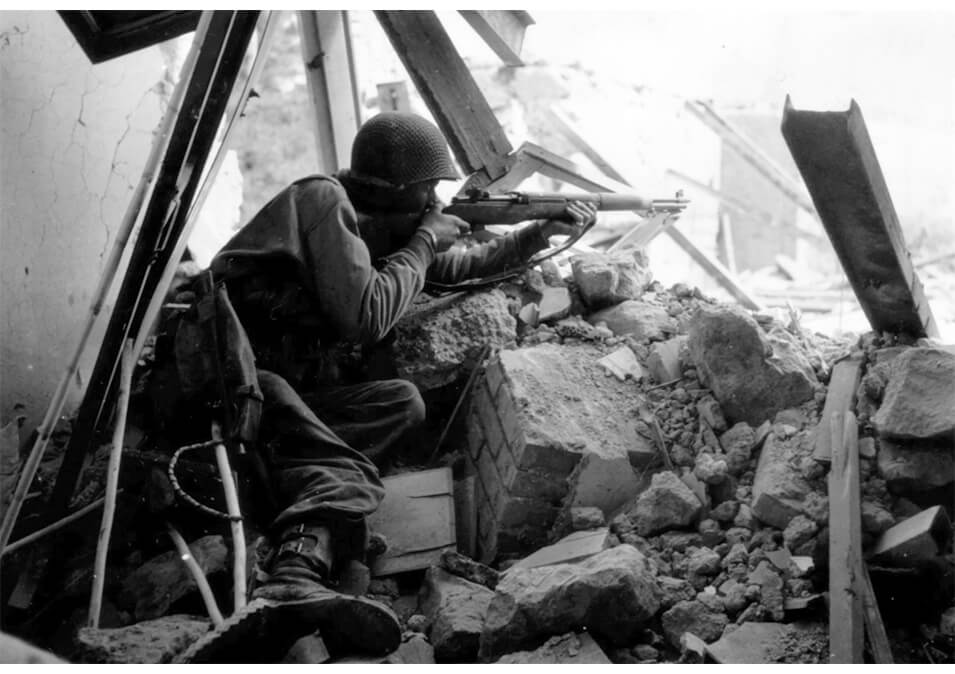
Born from a Classic
The Karabiner 98k was born of the classic Gewehr 98 (G98), Mauser’s bolt action rifle that set the design standard for battle rifles in a new century of warfare. The Gewehr 98 debuted in combat in China in the hands of German troops participating in the Peking Relief Expedition of 1900. The Gewehr 98 then went on to be the primary German service rifle until 1935, gaining considerable fame during the First World War. The famously smooth Gewehr 98 action, its internal five-round magazine — easily loaded by stripper clips — and the powerful 7.92×57mm Mauser cartridge all contributed to make the G98 a dominant battlefield weapon in the early 20th century.
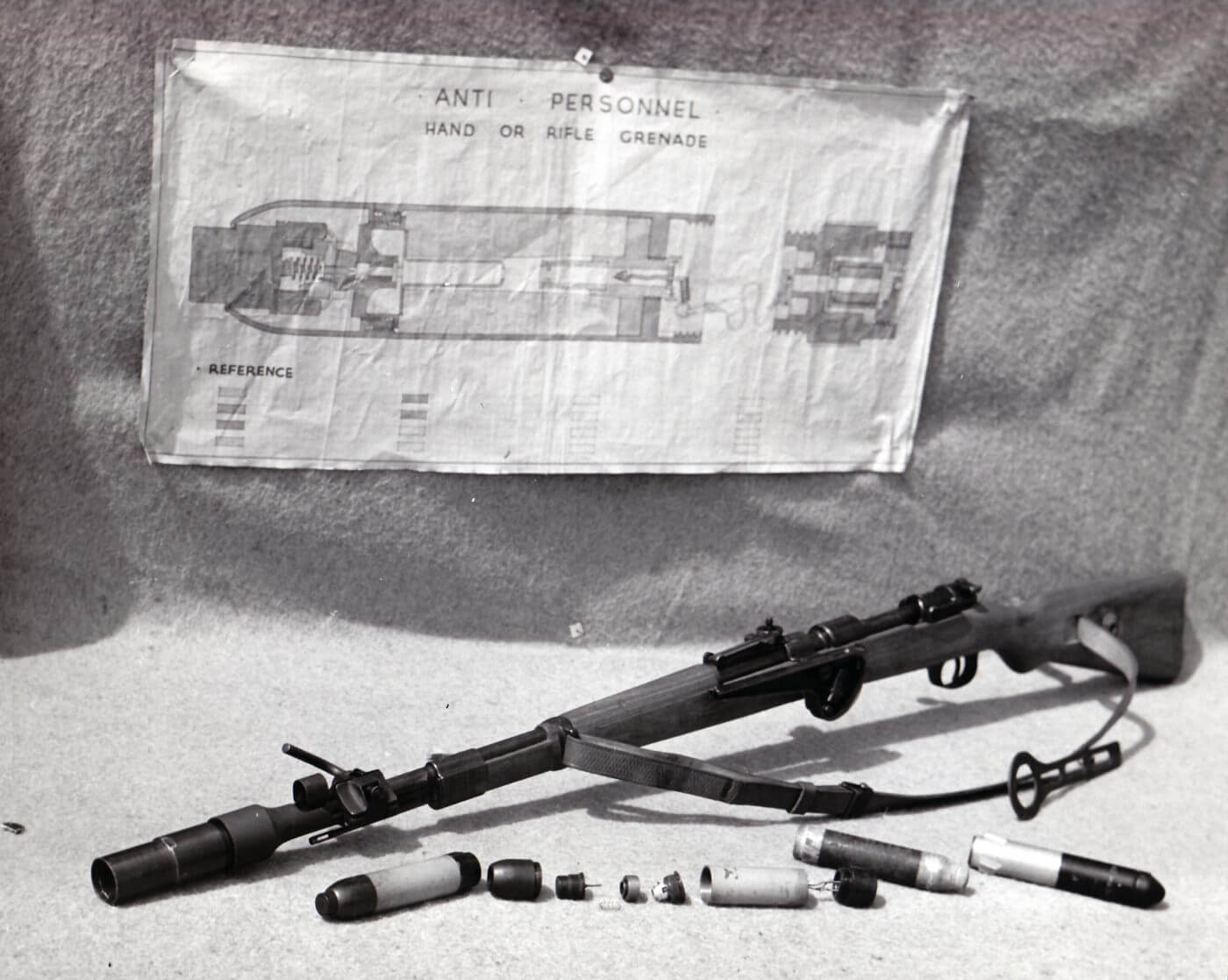
By the mid-1930s, Germany looked to update their excellent infantry rifle, and the Karabiner 98k took shape. It trimmed down the overall length from 49.2″ to 43.7″ and cut the weight from 9.0 lbs. to 8.2 lbs.
The 98k also included some improvements that were not so readily apparent. The Gewehr 98’s straight bolt handle was replaced by a “turned-down” handle design that increased rate of fire by creating an easier-to-operate bolt. The new bolt also allowed telescopic sights to be easily fitted directly above the receiver.
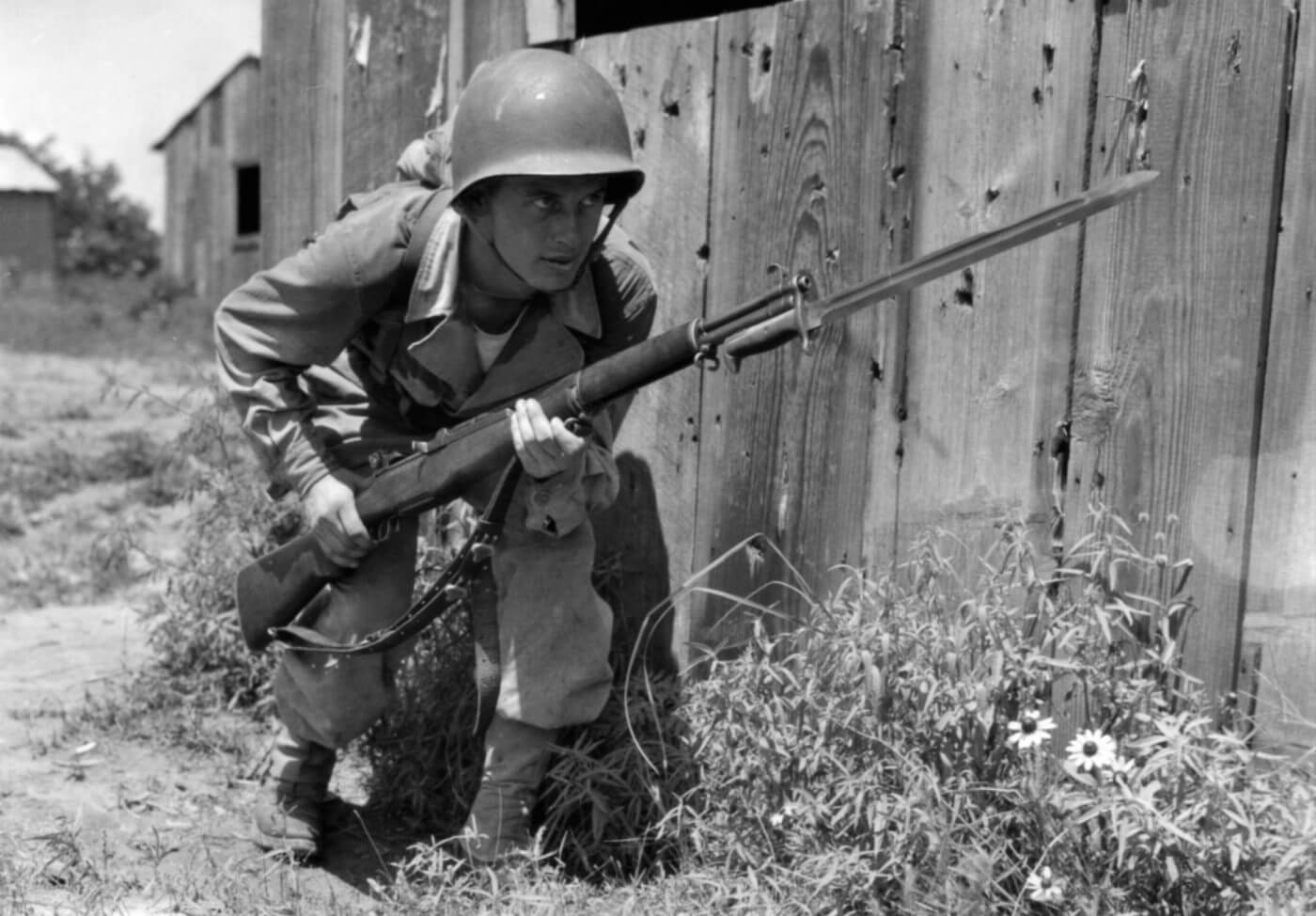
The 98k also replaced the complicated “rollercoaster” sight with a conventional leaf sight, and after 1939 the 98k was fitted with a hooded post front sight to reduce glare. Accuracy and rate of fire increased while size and manufacturing complications went down. Production of the Karabiner 98ks ramped up, and by September of 1939 most frontline infantry units were equipped with the new rifles. Germany was ready for war.
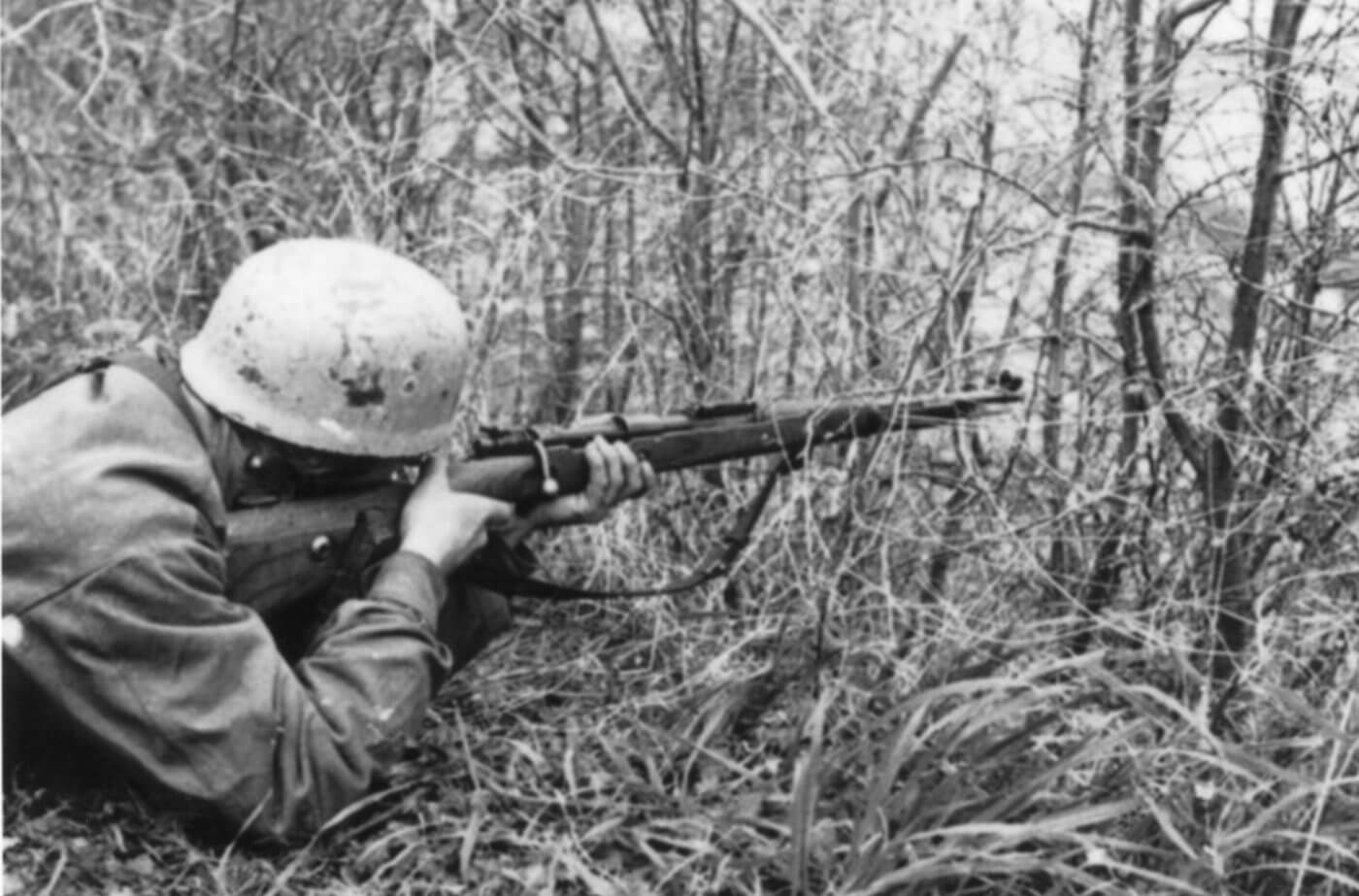
Base of Fire
The harsh lessons of World War I drove the Germans to focus on mobile firepower, particularly for their infantry. Even before the 98k was adopted, Germany had been refining light machine gun designs into a greater “general purpose machine gun” (GPMG) concept. The box-magazine equipped MG 13 gave way to the belt-fed MG 34, cycling at 900 rounds per minute. By the mid-war period, the MG 42 joined the mix (cycling at 1,200 rounds per minute). These weapons were used from either a bipod or tripod and were fitted with quick-change barrels to allow continuous fire.
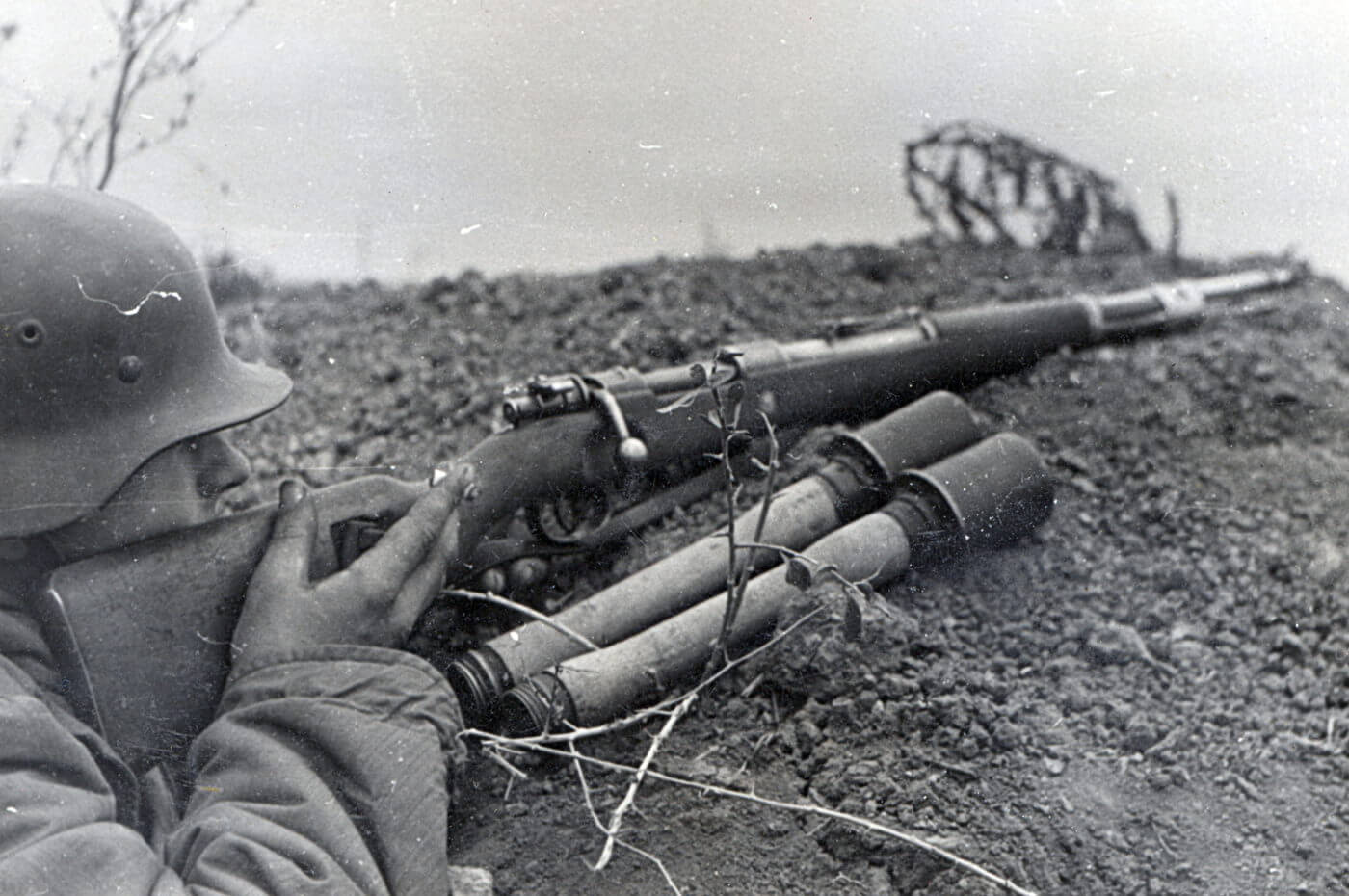
From the German perspective, the machine gun was their primary infantry weapon, and during World War II their riflemen transitioned to supporting the machine gun — the opposite of their role in World War I. There is ample evidence of this: many wartime photos show German riflemen carrying ammo cans (and swathed in ammo belts) in order to feed the machine guns in their unit.
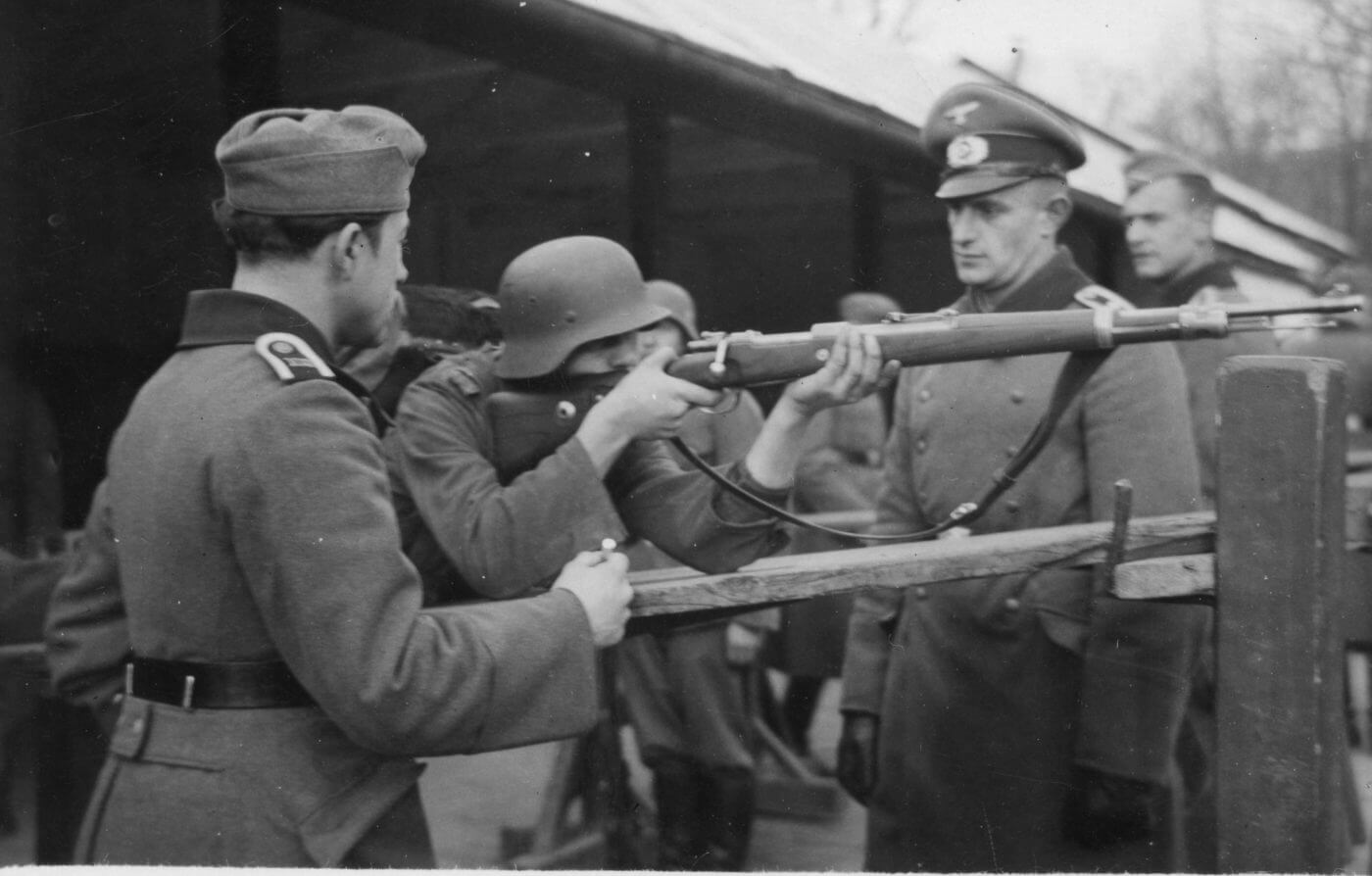
This fact helps clarify Germany’s decision to maintain their use of the bolt-action rifle 98k, despite the development of semi-auto rifles like the Gewehr 41 and Gewehr 43. Rate of fire per rifle was not considered as important as the high-cycling MG 34s and MG 42s had the ability to dominate a battlefield.
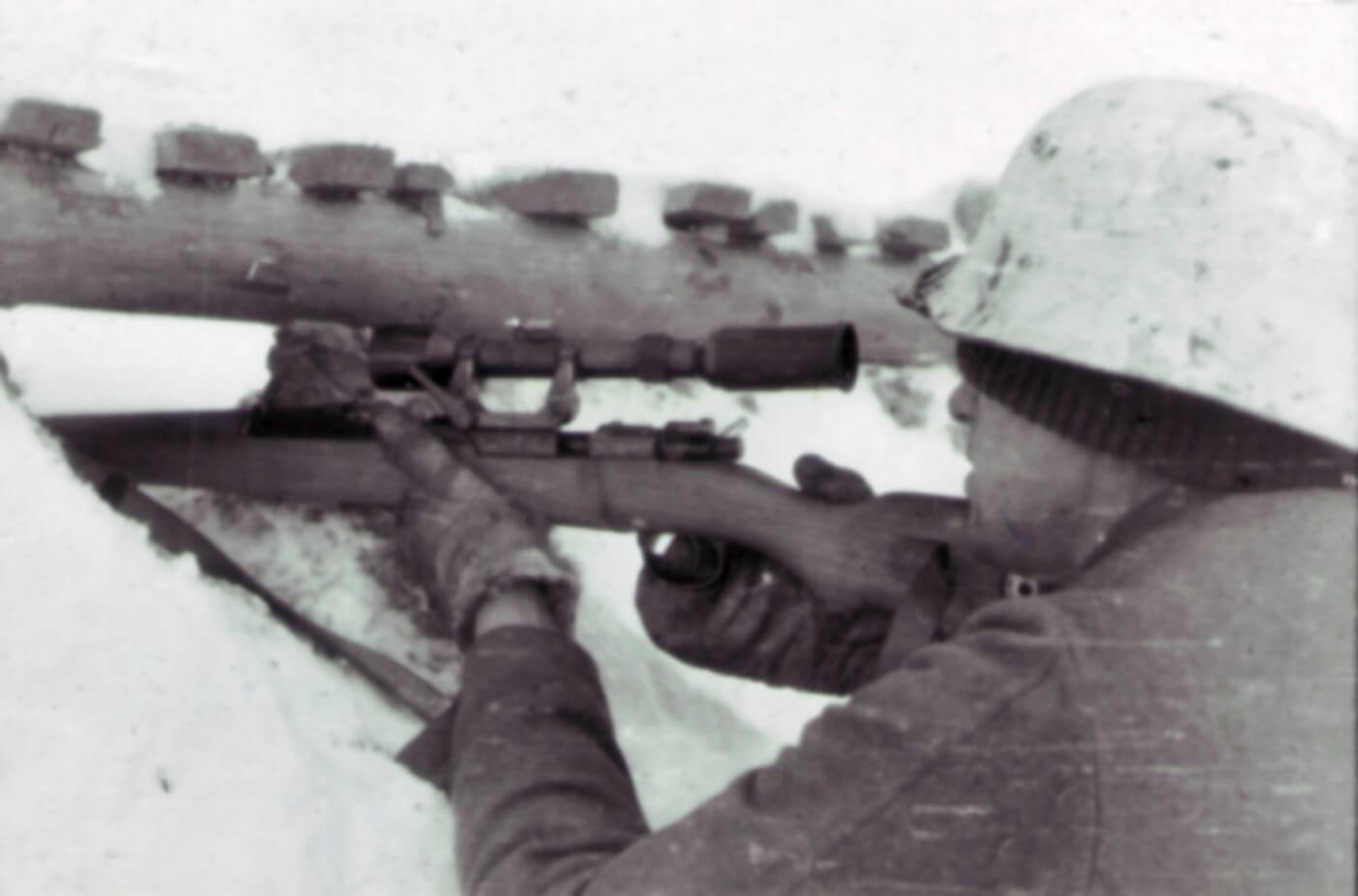
Post-WWII
The Red Army captured hundreds of thousands of Kar 98k rifles over the course of World War II. Many of these rifles were refurbished and provided to eastern European resistance groups during the war.
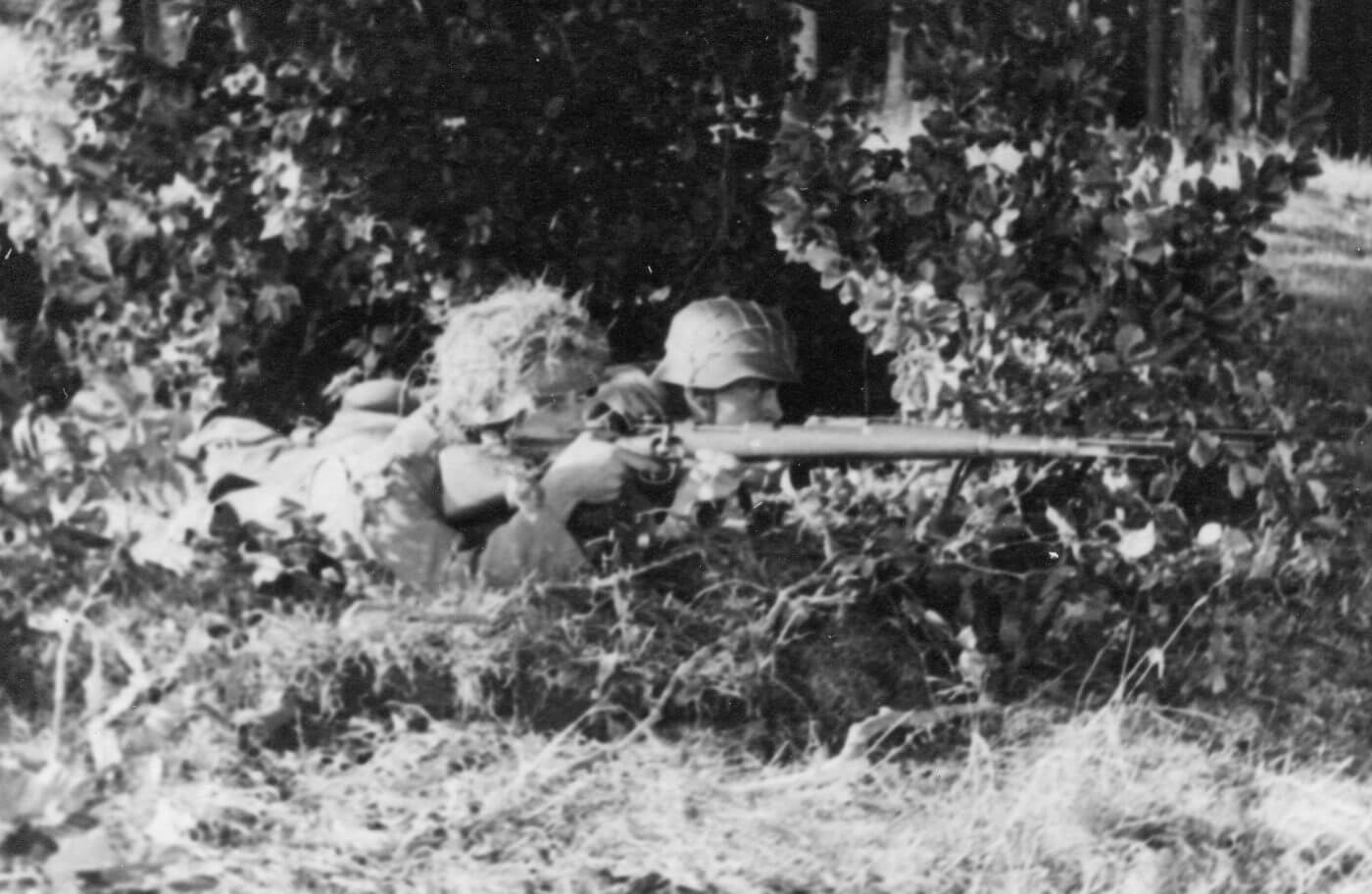
Post-war, the Soviets arsenal-refurbished many Kar 98k rifles and provided them to their communist satellite states. One of the first groups to receive them were Chinese Communist forces, who used the Kar 98k in the Chinese Civil War (1945-49) and then in the Korean War (1950-53).
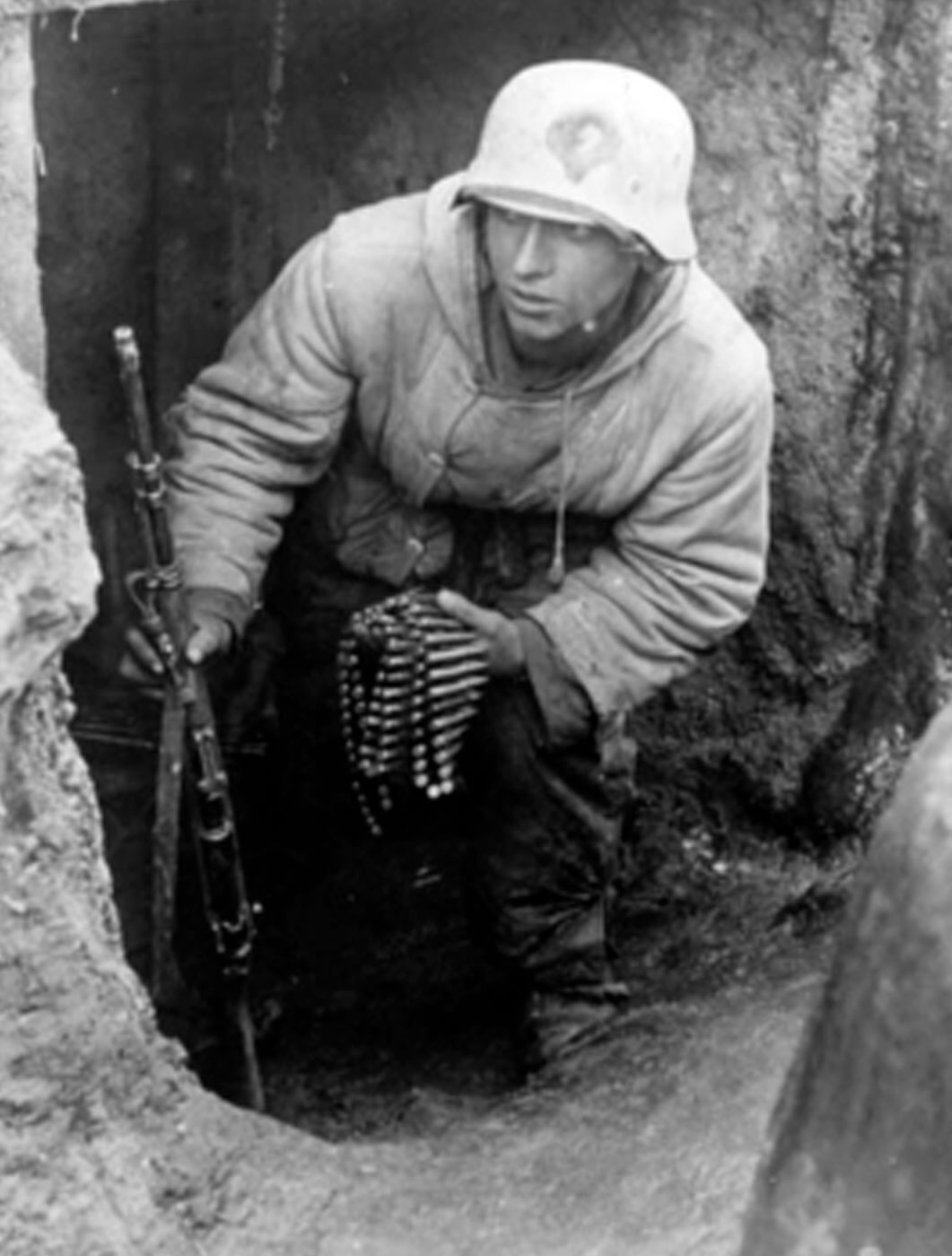
The Soviets and Chinese also provided the refurbished Kar 98ks to Vietnamese communist forces, first to the Viet Minh (fighting the French) and later the Viet Cong. For American troops in Southeast Asia during the 1960s, the Mauser Kar 98k became a desirable war trophy in yet another conflict.
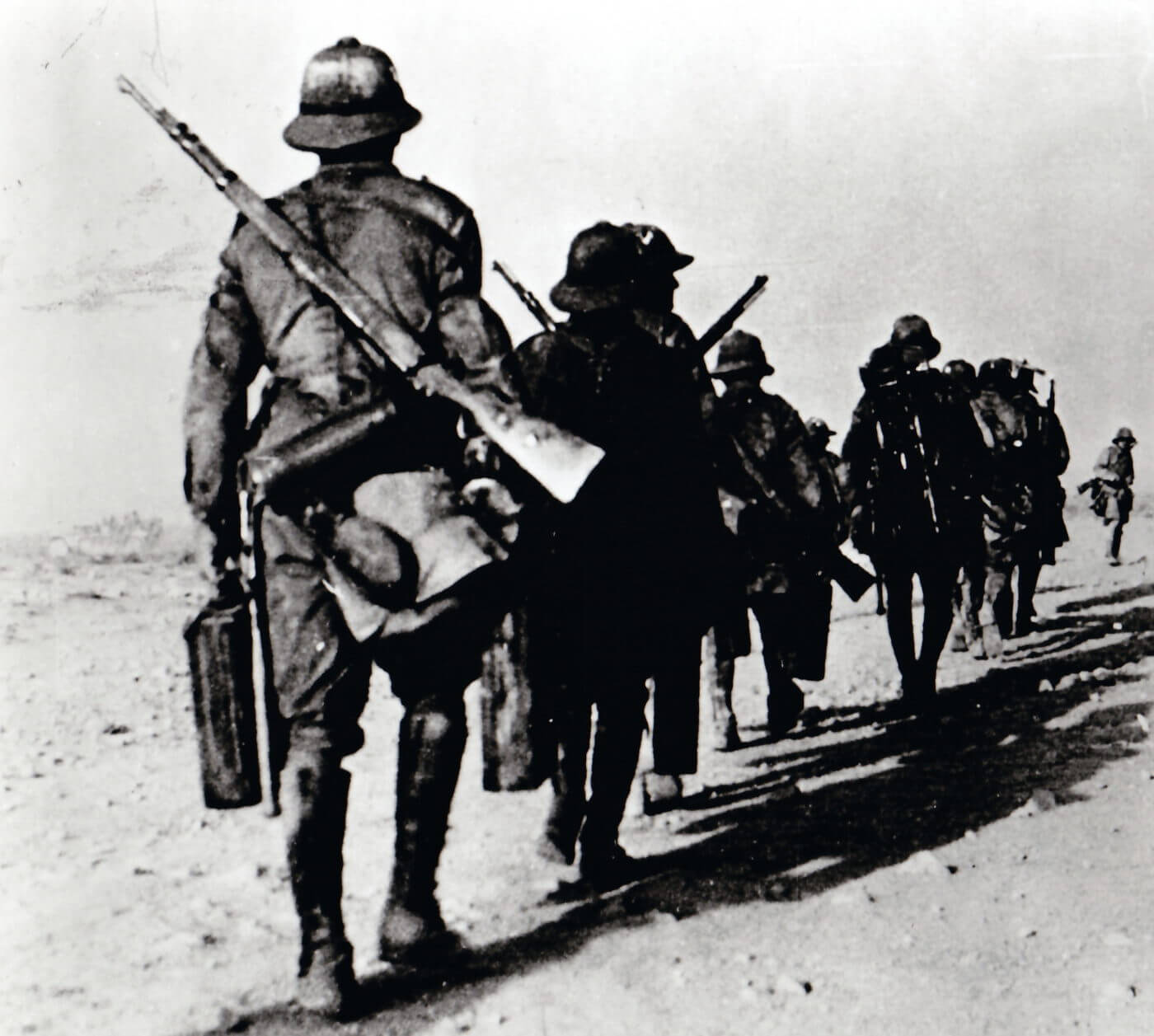
Versus the Garand
The M1 Garand rifle’s first combat action against Germany came during the large commando raid on Dieppe, France on August 19, 1942. A few M1 rifles were carried by the fifty U.S. Rangers who went ashore with the British Commandos and the Canadian troops during that difficult operation.
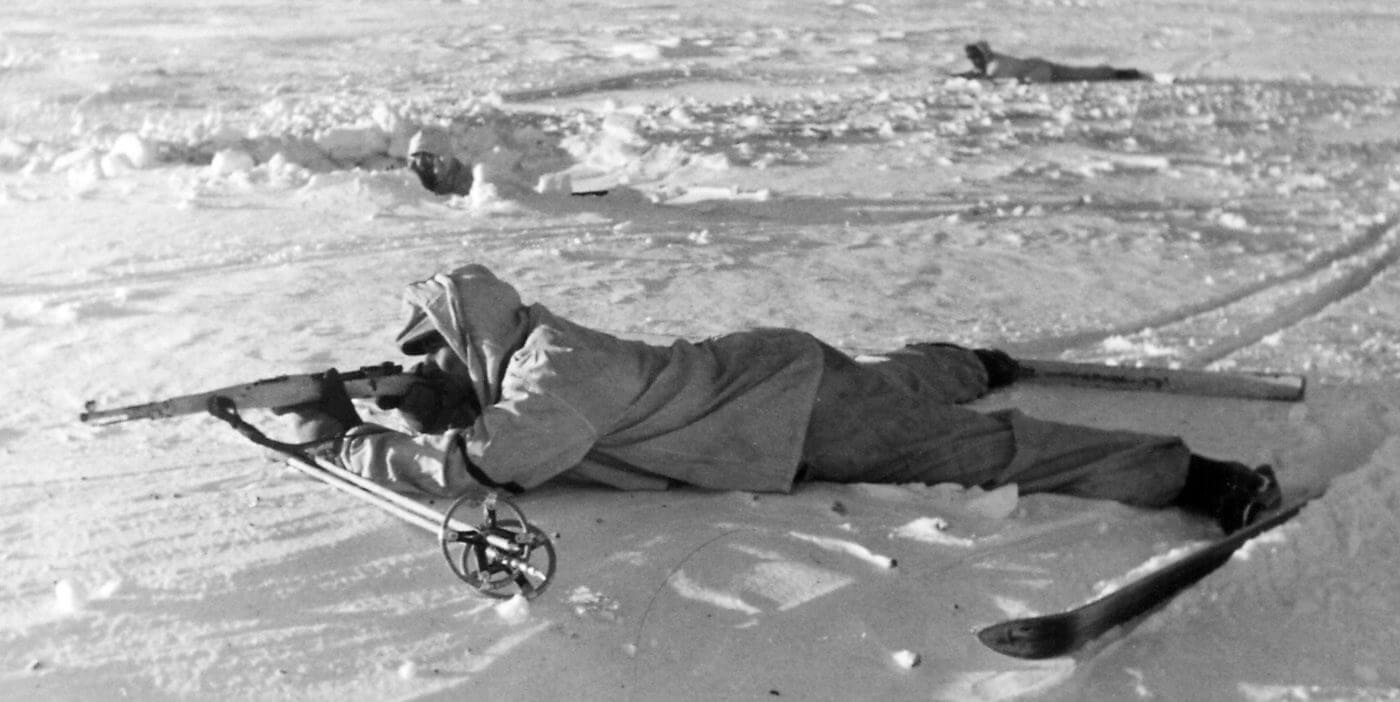
On November 8, 1942 the M1 rifle was back in action during Operation Torch, the invasion of Vichy French North Africa. Throughout the fighting in North Africa against Italian and German troops, the M1 rifle was interspersed in U.S. units along with the M1903 Springfield rifle. More and more M1s were issued as American troops fought from Sicily up the boot of Italy. By the time of the D-Day invasion of Normandy, German troops were well aware of the firepower and accuracy of John Garand’s genius design.
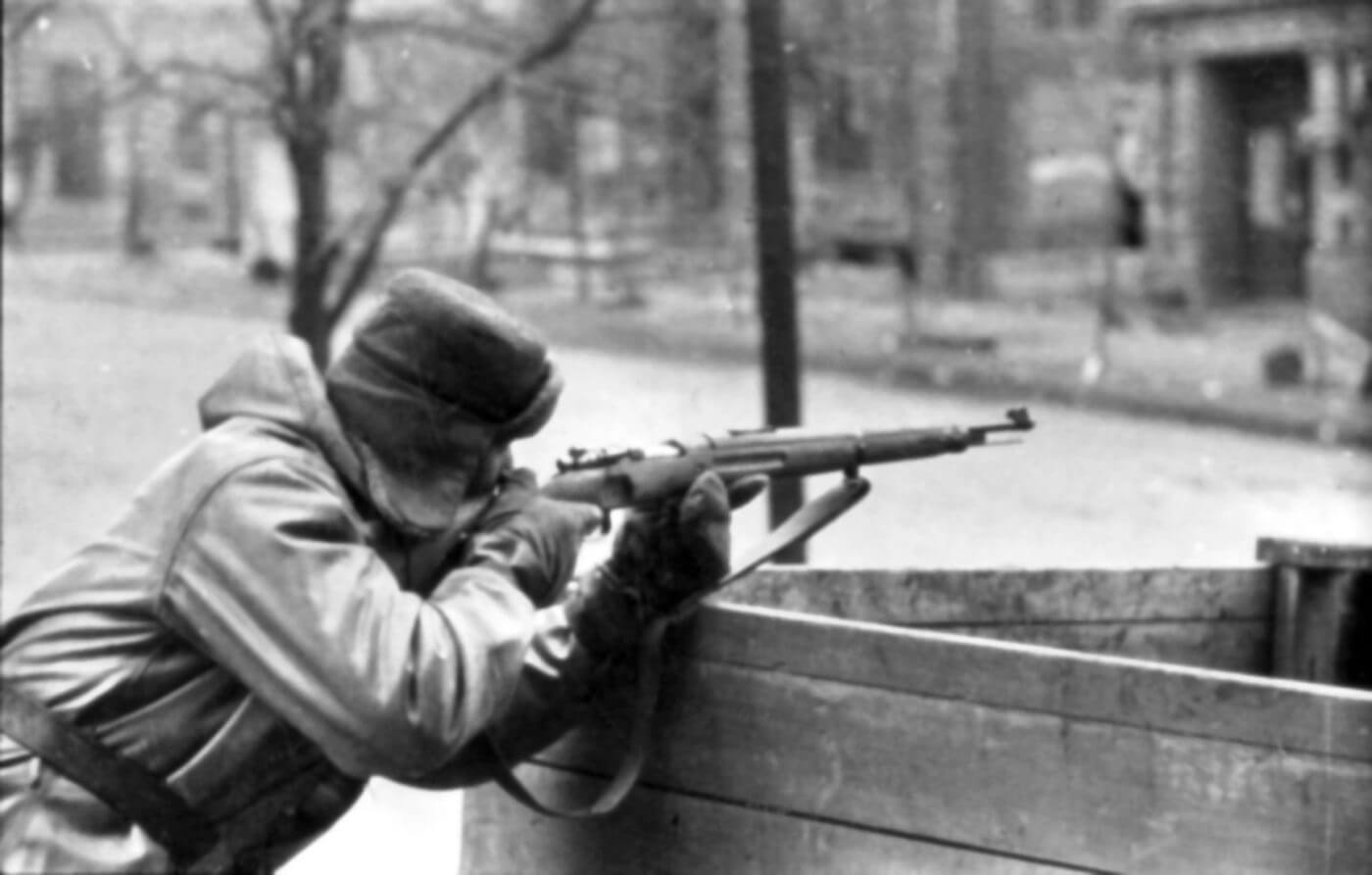
An interesting note about captured rifles: a captured Kar 98k could easily be loaded and used. However, a captured M1 rifle was a completely different story. While the Kar 98k was readily loaded with loose rounds, the M1 relied on the metal en-bloc clip to charge its internal magazine.
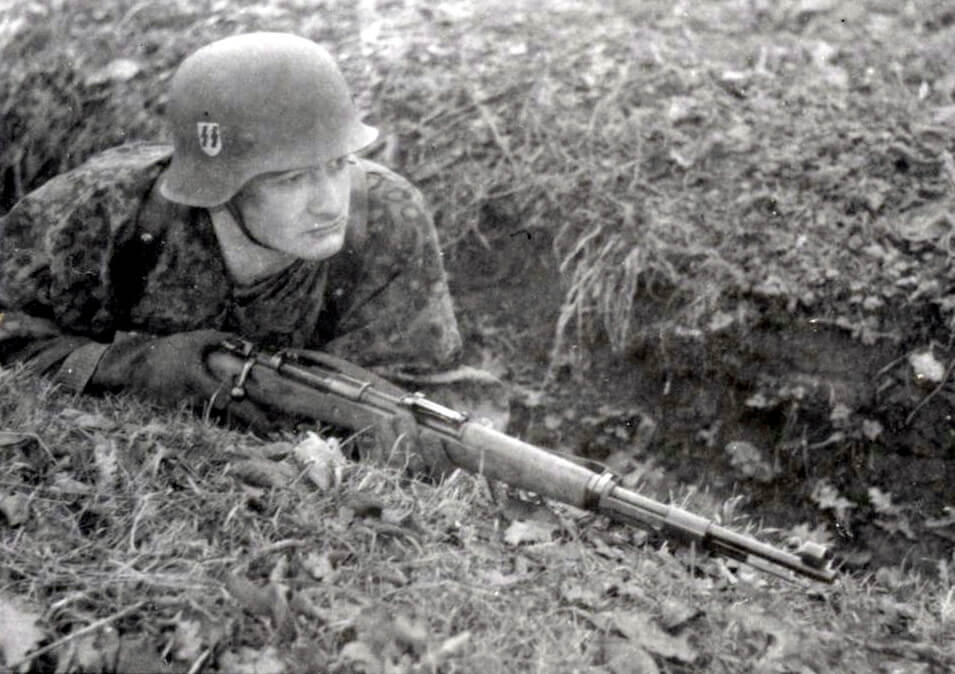
By the numbers, the M1 rifle holds the advantage over the Kar 98k in many key areas. On the battlefield, American infantry firepower, in many ways due to the M1 rifle’s superiority, outshot the Wehrmacht. America’s “Arsenal of Democracy” provided the high-quality rifles and ammunition in overwhelming numbers that the Third Reich could never hope to match.
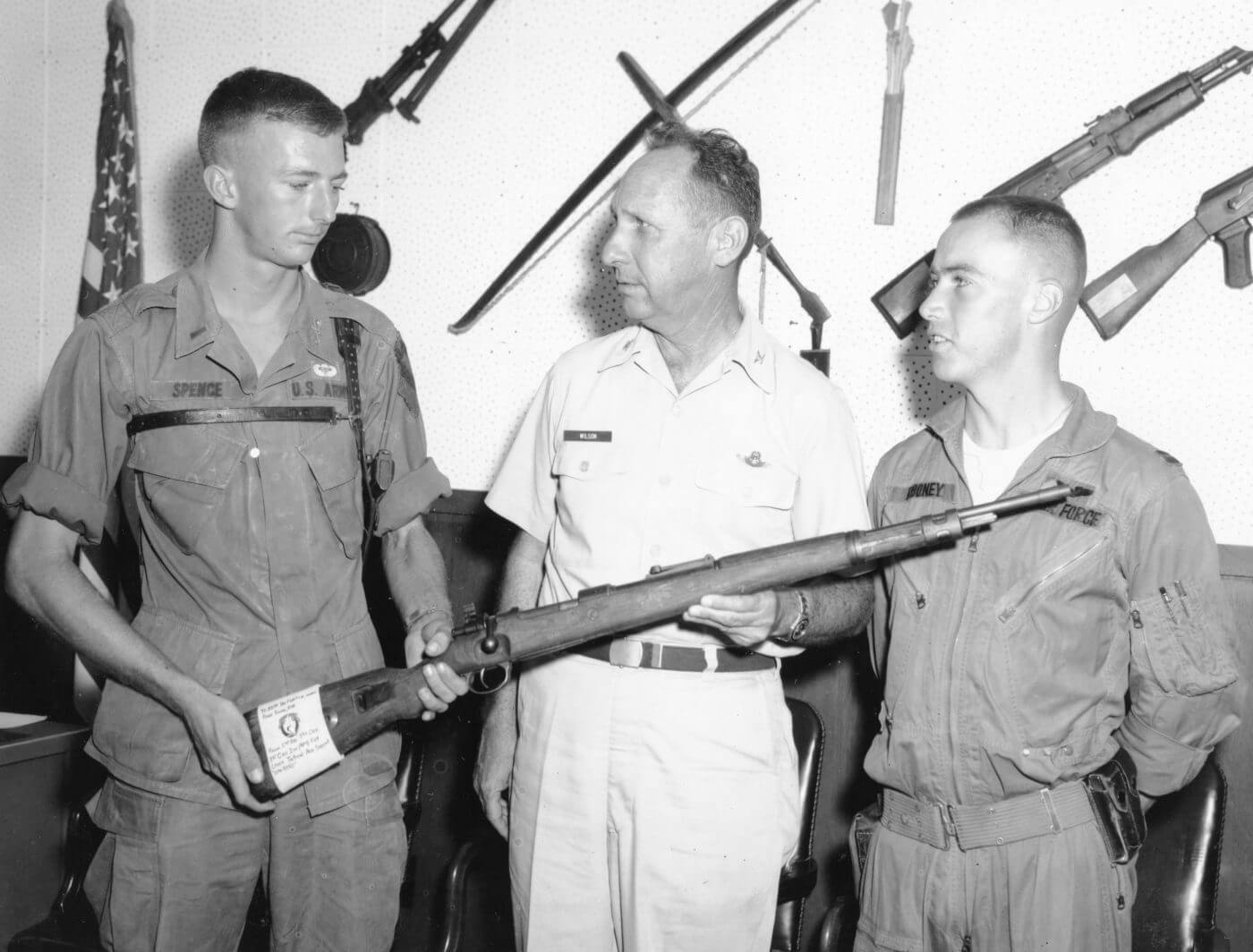
Toward the Future
And, the Garand would lay the groundwork for the U.S, M14, which adapted the design to be smaller and lighter and feed from a detachable box magazine. That rifle would spawn the civilian-legal M1A semi-automatic rifle from Springfield Armory of Geneseo, Illinois, a firearm that has proven its mettle in the hands of American shooters on the competition ranges.
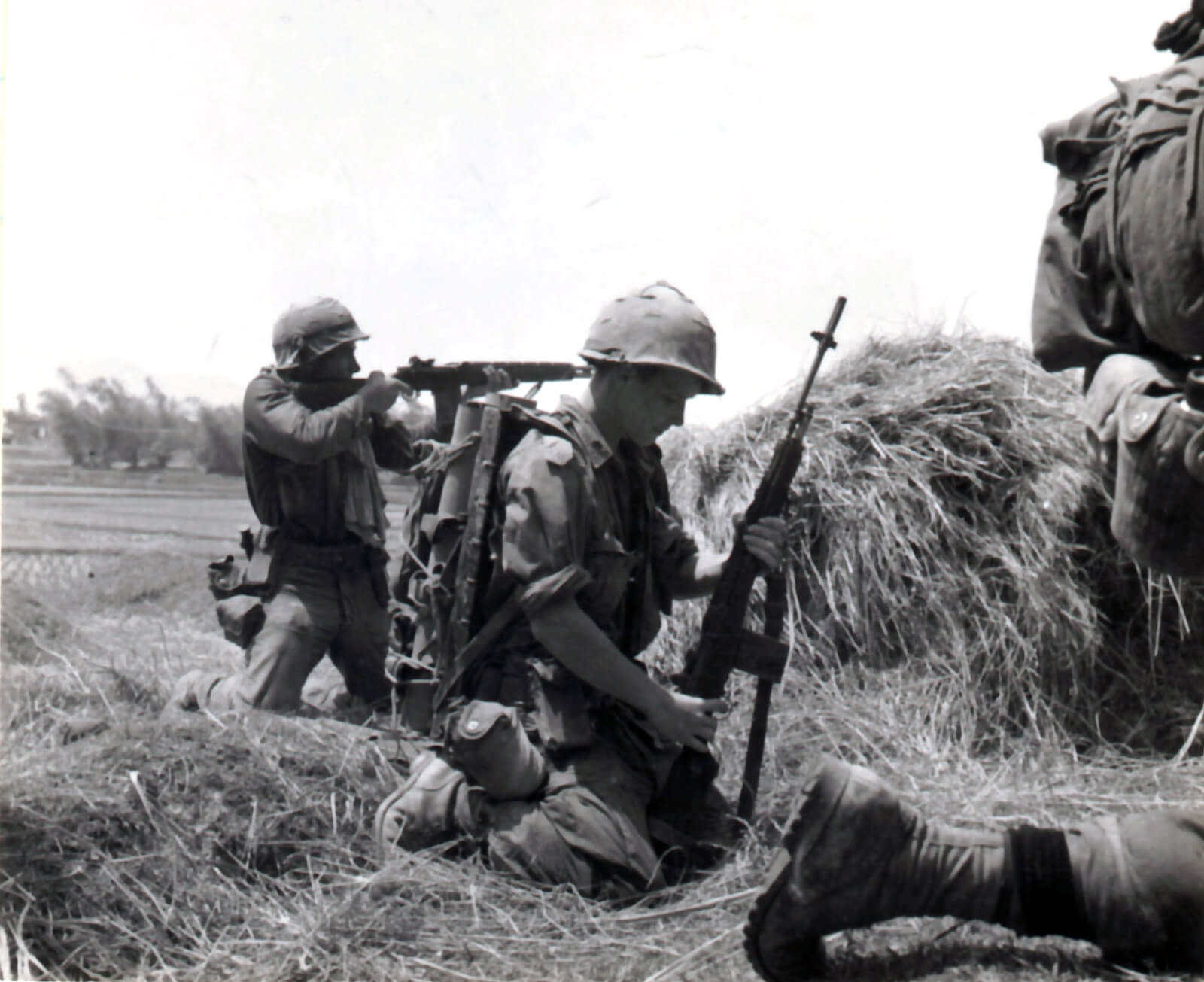
Versatile, accurate and powerful, the M1A guarantees that the legacy of the M14 rifle continues in the hands of future generations of American marksmen. The Arsenal of Democracy still exists and has a tradition that has carried through the Garand on to the M14 and the M1A of today.
Also, please be sure to check out The Armory Life Forum, where you can comment about our daily articles, as well as just talk guns and gear. Click the “Go To Forum Thread” link below to jump in!
Join the Discussion
Featured in this article
Continue Reading
Did you enjoy this article?

 318
318







